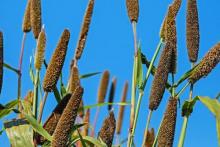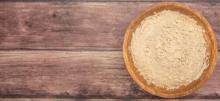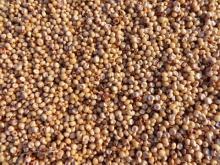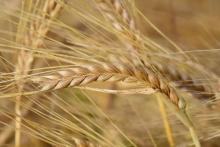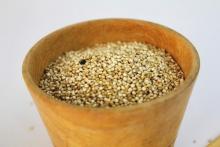Superfood 101: Millet!
Millet is a prehistoric grain native to western Asia. By approximately 3000 B.C.E. the grain had found its way to China where it became one of the five sacred grains. Of the many varieties of the genus the common millet arrived in Europe about 200 B.C.E. where it got its name, which meant “cereal” in Old English.

